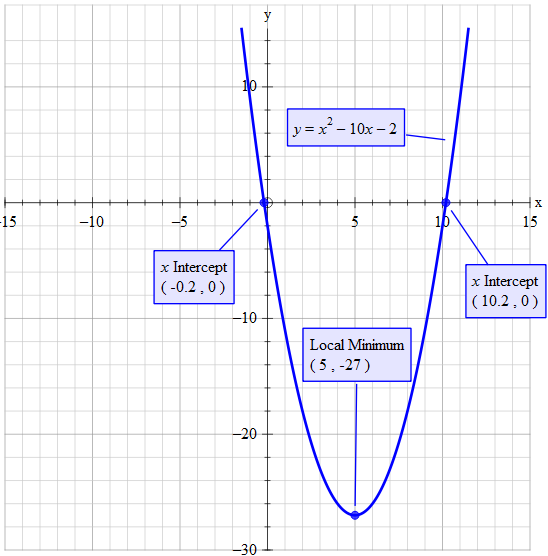Question #0429d
1 Answer
Feb 18, 2017
Explanation:
Really worth committing this bit to memory if you can.
Consider the standardised formula:
Where:
~~~~~~~~~~~~~~~~~~~~~~~~~~~~~~~~~~~~~
Given:
Thus:
~~~~~~~~~~~~~~~~~~~~~~~~~~~~~~~~~~~~~~~~
This is a sort of cheat method to determine the vertex x-value
Write in the form:
Then
In this case


